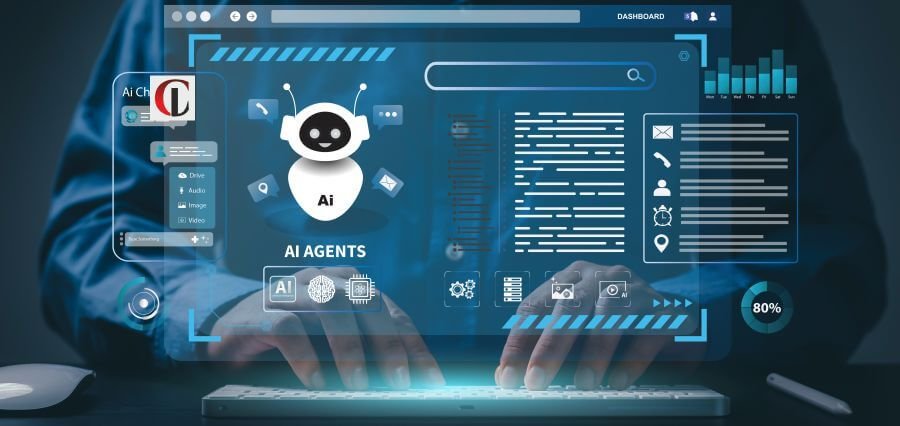Over the last couple of years, gamification has drastically changed the education sector. This is an innovative approach that makes use of game design techniques in non-game contexts to enhance learning experiences. It is particularly impressive when it comes to student engagement, for example. Beyond the mere fun element, the impact of gamification on students fundamentally alters the nature of the interaction between the learner and educational content and thereby enhances overall learning outcomes.
Understanding Gamification
Gamification represents the use of game design elements, such as points, badges, leader boards, and challenges, as part of the educational strategy. This approach encourages students by making learning more fun, engaging, and exciting. The impact it has on students is substantial in that it taps into strong human desires for competition, achievement, and social interaction. Hence, by using these elements, educators could create a dynamic classroom, which would hold students’ attention with active participation.
Enhancing Student Motivation
One of the most profound impacts of gamification is motivating students to engage with their studies. Traditional educational methods are mostly unable to interest students, and they develop a lack of interest and lower performance. However, if game-like rewards and challenges are introduced into their education, the impact of gamification on students’ motivation can be seen. Students tend to do more assignments, participate in discussions, and seek additional learning opportunities if they know their efforts will be recognized and rewarded.
For example, with a point system in class, students are rewarded by earning points for the tasks they complete or even engaging in discussions. Such points can result in concrete incentives like additional credits or some kind of privilege. In such systems, apart from motivating students to focus on the material, there also lies an element of satisfaction at achievement. This is the essence of shifting towards an interactive way of learning, which resonates heavily with the students and boosts their whole educational journey with gamification.
Facilitating Deeper Learning
Gamification affects the extent to which students learn, particularly by deepening it. Most traditional teaching will require the students to only memorize, or at most learn passively. Comparatively, gamification stimulates exploration and inquiry skills. Students are likely to learn better and understand material at greater depths if they are able to use their knowledge when responding to a situation in a real setting of life.
For instance, educational games that address real-life problems encourage them to think critically and employ their skills in new innovative ways. This engagement further helps them to learn better and develops the most important skills of problem-solving, cooperation, and adaptability. Thus, this gamification makes the process of learning not a passive experience but an interactive and engaging activity.
Building a Collaborative Space
Another significant feature of gamification is that it actually promotes teamwork among students. Most gamified learning systems involve group activities and other competitions that encourage the learners to work together as a community. The social interaction results of gamification cannot be ignored. Collaboration between students towards common goals facilitates the development of both scholarly and interpersonal skills.
Collaboration encourages peer learning where students can share their knowledge and ideas, leading to a richer learning experience. The social engagement arising from gamified activities may break barriers and allow students to feel more connected to their peers and more invested in their educational journey. This sense of belonging is critical, especially for those who may not easily cope with the traditional learning methods.
Immediate Feedback
Timely feedback is what makes learning effective. A gamified system provides the student with instant feedback that is not found in regular classrooms. The gamified systems have a mechanism for the student to know his/her progress in real-time. If the students get instant feedback about their performance, they can easily realize where they need to change and work on their study strategies accordingly.
This continuous feedback loop not only helps sustain student interest but also promotes a growth mindset. Instead of viewing mistakes as failures, students are encouraged to see them as opportunities for learning and improvement. This shift in perspective can drastically change how students engage with their studies, fostering a more resilient and proactive learning attitude.
Challenges and Considerations
With clear evidence of its advantages, it is, however, difficult to gamify education with no complications. Educators must pay due attention when designing a gamified experience and ascertain its concordance with learning objectives. Its detrimental impacts are bound to appear if its direction shifts to overemphasize the use of rewards, ignoring actual learning. Some of the students can be affected or disappointed due to overwhelming competitiveness, where they could not keep the pace in competition.
In this regard, a balanced approach to gamification is a must. Educators need to make sure that gamified elements do not overpower the curriculum but complement it instead. Only by encouraging a setting in which the end is always education and success rather than mere competition can the positive effects of gamification on students be truly manifested.
Conclusion
In summary, the effects of gamification on student learning engagement are profound and multifaceted. By incorporating game elements into educational practices, educators can enhance motivation, facilitate deeper learning, promote collaboration, and provide instant feedback. However, challenges do exist, and a thoughtful implementation of gamification strategies can lead to a transformative educational experience. As the landscape of education continues to evolve, embracing gamification may prove to be a pivotal step toward cultivating a more engaging and effective learning environment for all students.





